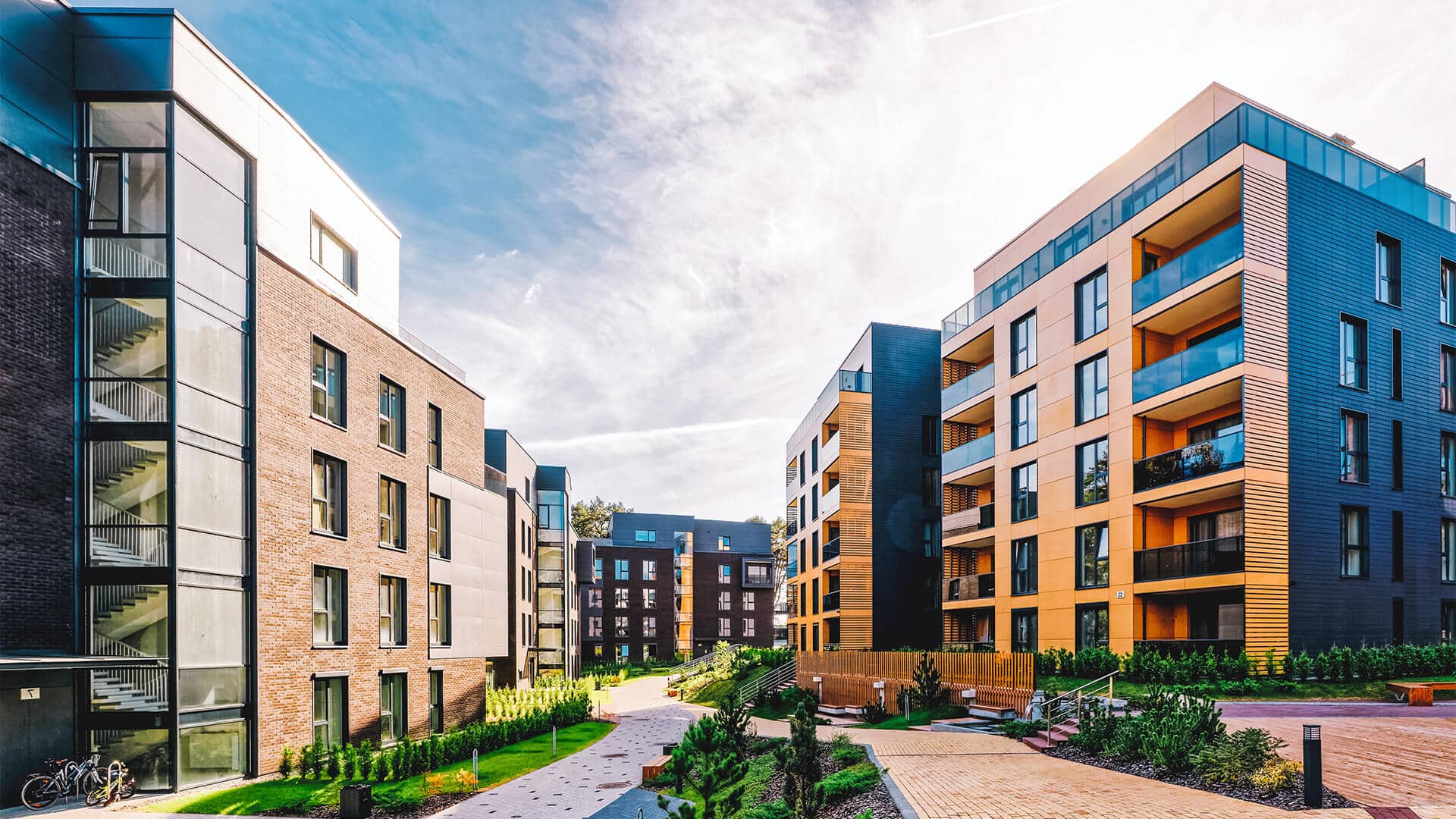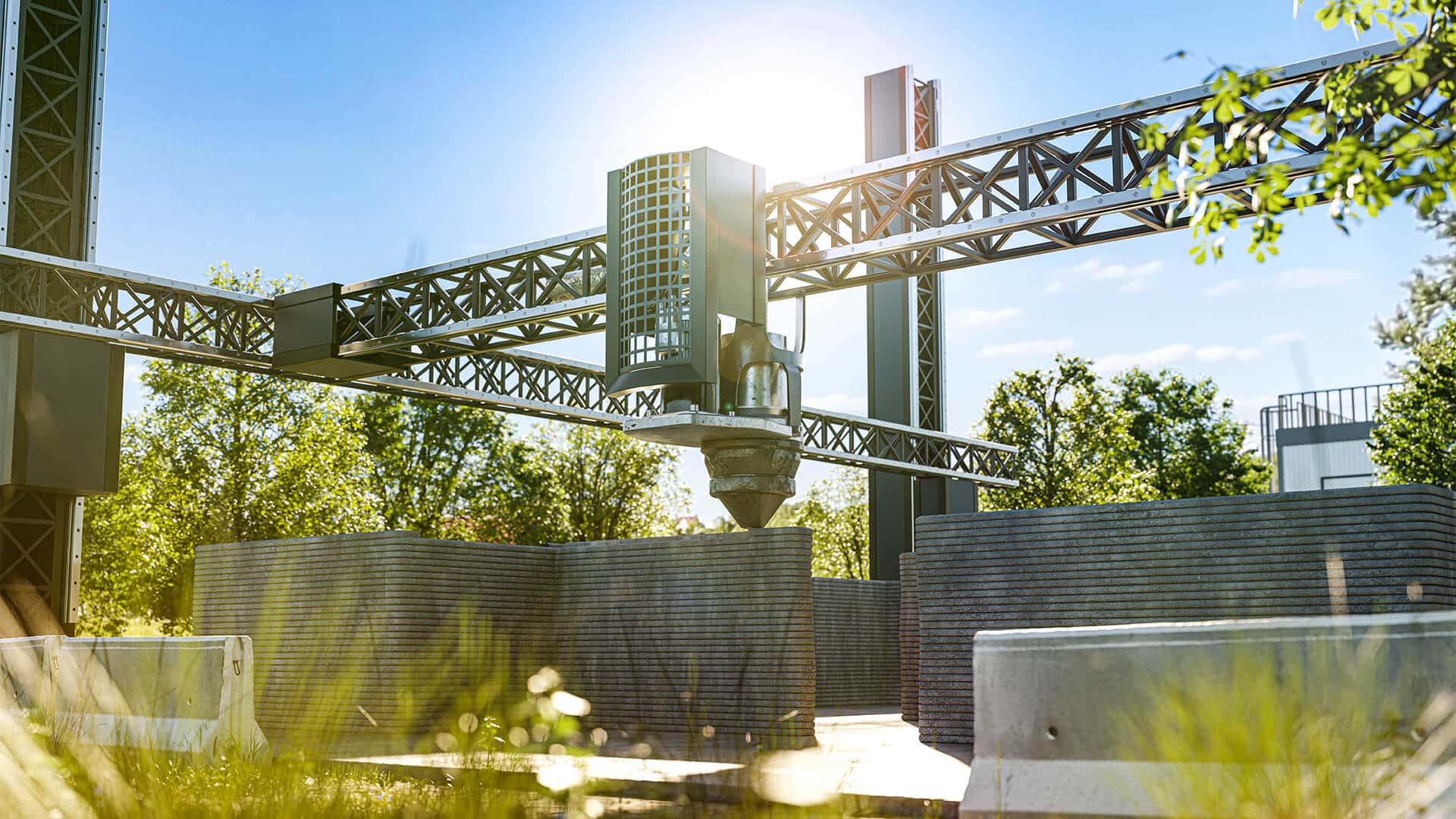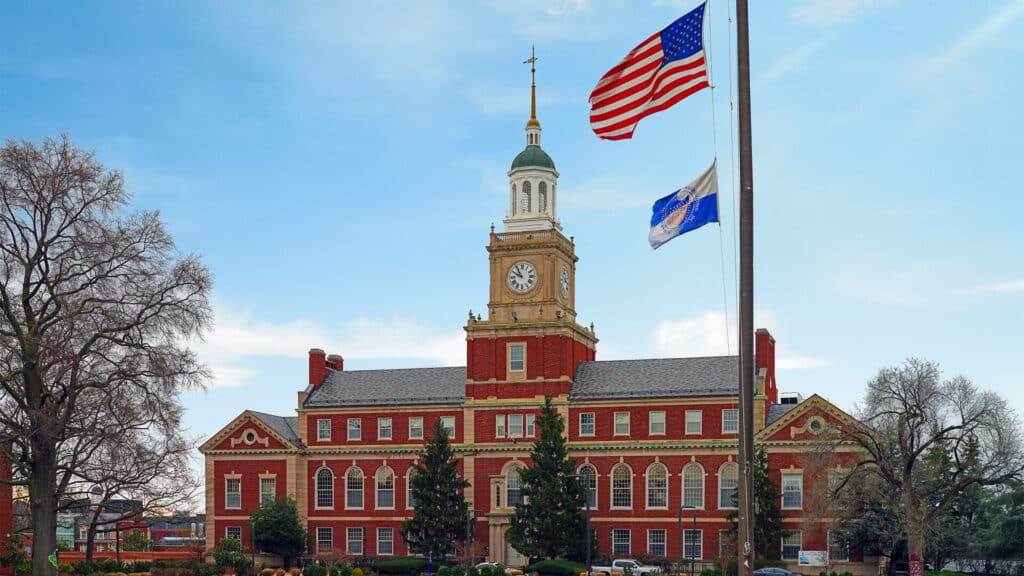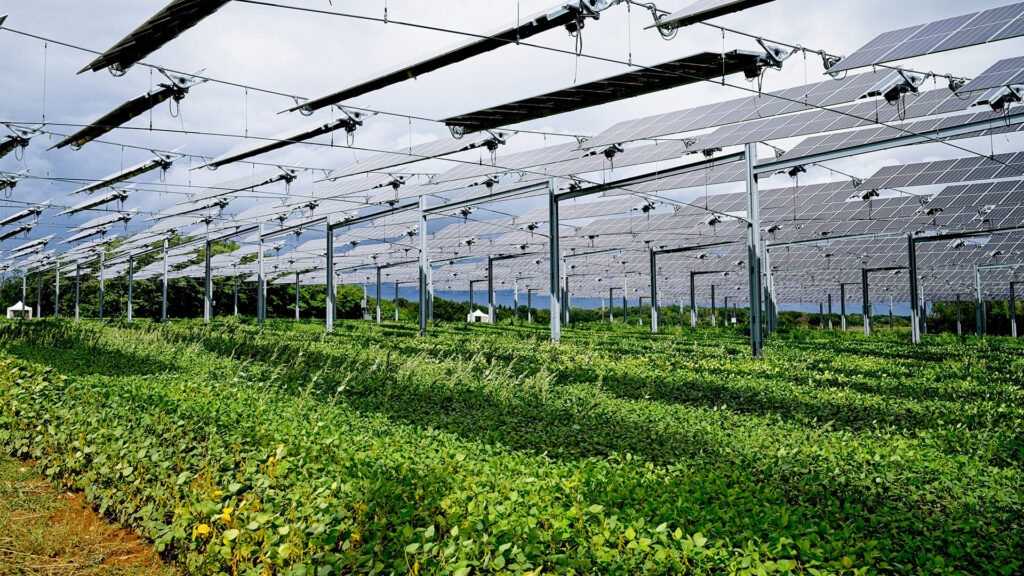3D-printing technology is reshaping the construction industry, offering faster build times, less waste, and more design flexibility than traditional methods. What once seemed experimental is now a viable solution for affordable housing, sustainable architecture, and even large-scale urban development.
At its core, 3D-printed construction relies on giant robotic printers that layer a mix of concrete, earth-based materials, or even recycled waste to form walls, structures, and intricate designs. These massive machines, guided by digital blueprints, eliminate the need for excessive manpower while delivering precise, efficient, and often stunningly modern homes.
Unlike traditional construction, which can take months and involve endless logistical headaches, 3D printing slashes build time to mere weeks—or even days. It’s an architect’s dream and a game-changer for tackling global housing shortages.
This isn’t just a one-off experiment. Around the world, 3D-printed houses are proving that this technology isn’t just possible—it’s practical.
- World’s Largest 3D-Printed Housing Development
In Austin, Texas, a collaboration between ICON and Lennar is delivering 100 homes in a stunning display of scale and efficiency. Beyond basic concrete boxes, these are stylish, durable houses built with sustainability in mind. - Australia’s First Multi-Story 3D-Printed House
In a construction milestone, Melbourne now boasts a multi-story 3D-printed home. Built in just five weeks, this four-bedroom residence showcases how 3D printing isn’t limited to single-story structures—it’s redefining urban housing. - Italy’s Clay TECLA House
Blending cutting-edge technology with ancient sustainability, Italy’s TECLA project uses local clay to 3D-print homes designed for extreme efficiency. It’s a glimpse into a future where homes are built from the very earth they sit on. - Mexico’s 3D-Printed Community
In Nacajuca, a groundbreaking project by New Story and ICON has created an entire community of 3D-printed homes for low-income families. Each house was built in just 24 hours, offering a rapid, scalable solution for affordable housing.
Of course, no revolution comes without its hurdles. Among the biggest roadblocks are regulatory approval, material durability, and industry skepticism. Many building codes still lag behind this new technology, and there are questions about how 3D-printed homes will hold up over decades.
But as companies push the limits of what is possible, governments take notice, and consumers embrace the idea of fast, eco-friendly housing, 3D-printed homes are well on their way to becoming mainstream.











